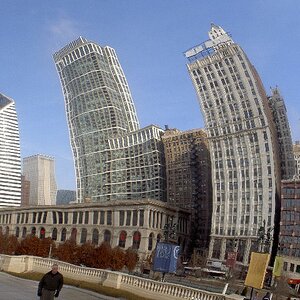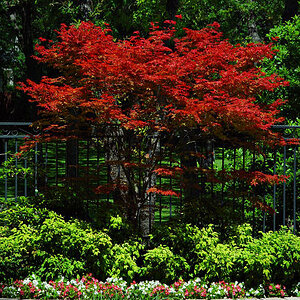- Joined
- Nov 19, 2011
- Messages
- 4,698
- Reaction score
- 5,179
- Location
- Long Island, New York
- Can others edit my Photos
- Photos OK to edit
Not to be confused with "Bokar" which was a coffee sold by A&P years ago.many people go out and buy an expensive lens for the wrong reasons, many will go out and buy lets say a Nikon 70-200 2.8 thinking ok they are oging to get sharp pictures and good bokah..
Bokah is a FAD people getting all hyped up thinking the only good portrait is a bokah one, meaning blur the background, but that is simply not true.
First off let me tell you the reason a background may get bokah, (blur) it has to do with many factors, not just a small number aperture like 1,8 or 2.8 it's about how close you are to your subject, and how close your subject is to the background as well, and also your focal length is if using a zoom lens and not a prime lens such as a 50mm 1.8..
First it's bokeh not bokah. Bokeh is not background blur as Tim has already noted. You're trying to write about a photographic phenomenon and you don't know what it is. The wiki definition is good: In photography, bokeh (originally /ˈboʊkɛ/,[1] /ˈboʊkeɪ/ BOH-kay — also sometimes pronounced as /ˈboʊkə/ BOH-kə,[2] Japanese: [boke]) is the aesthetic quality of the blur produced in the out-of-focus parts of an image produced by a lens. Bokeh is not the blur it's the visual character of the blur. This will help: Kiev Cameras
.....Now another factor that you need to know about Bokah , (blur) the background, is the sensor size, a full frame camera will be able to blur the background easier then using an APSC camera..
that is one of the reason that the background gets soft is because of the amount of light hitting the sensor, so if you got a full frame sensor then more light is factored in the image, rather then a APSC sensor. that is why lower aperture numbers give you a narrower depth of field, it lets more light in the image. so if you use f 3.5 on full frame sensor and use an f 3.5 on APSC sensor the full frame image is going to have more blur even at the same aperture setting.
This is incoherent nonsense. You don't get more blur from a FF sensor versus a crop sensor because the FF sensor "factors" more light in the image.
Joe





![[No title]](/data/xfmg/thumbnail/30/30993-7c6dca4375064e92f2ea6cbfabf9b59e.jpg?1619734556)
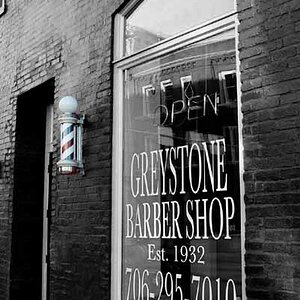
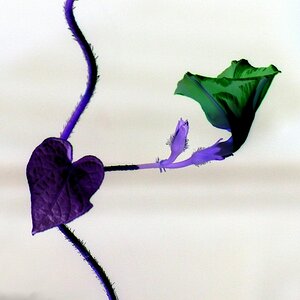
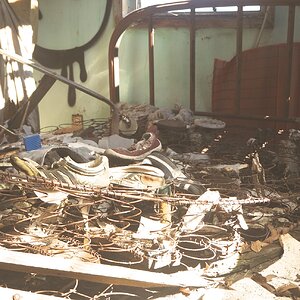
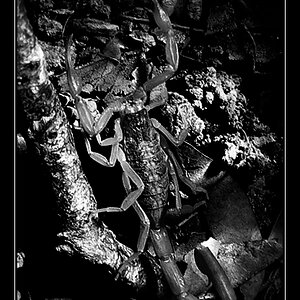
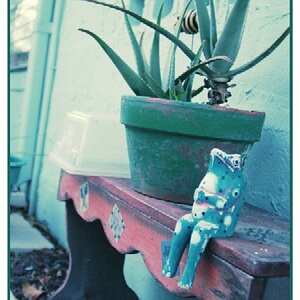
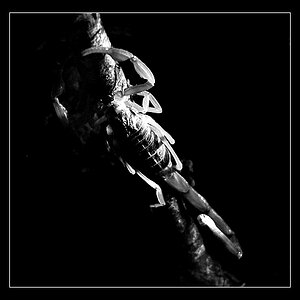
![[No title]](/data/xfmg/thumbnail/40/40292-bee9ec3dc0cd7f6c47df7466ae1fa3d2.jpg?1619739409)
![[No title]](/data/xfmg/thumbnail/32/32637-865ab9beec7e00237b64e4fcb8fe947f.jpg?1619735555)
